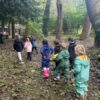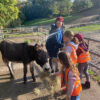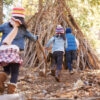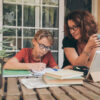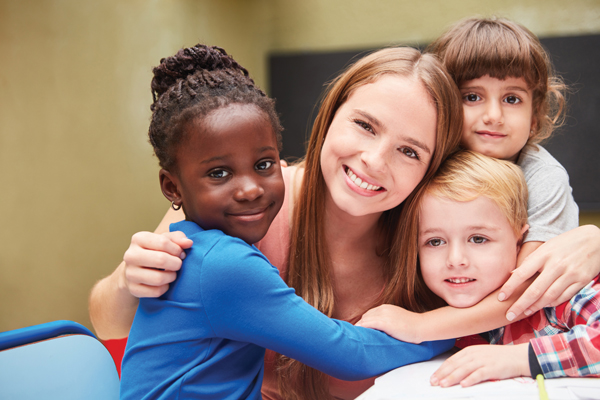
by Sally-Ann Potter
Potter’s House Preschool and Forest School
There was a time a few years ago when the hardest thing about recruiting new staff was sifting through the masses of CV’s emailed to me via Indeed. I’d advertise and within 24 hours I’d have 20-30 applicants and have to scan each application to find the basics I was looking for – it was almost a full-time job just to find someone who fitted the bill. High quality staff was easier when the pickings were strong. Recently though when I’ve lost valuable staff for various reasons, I’ve found recruiting harder than ever. I have had four applicants in a month, two of which didn’t show up to an interview. It’s disheartening.
But even I find myself curious about whether I still have the same drive and passion so I can only imagine many other people in our industry have similar thoughts and feelings. It is by far the most rewarding job I’ve ever done, but often it is thankless, exhausting and the cause of lots of anxiety.
I belong to a brilliant community of practitioners online on a Facebook page called Keeping Early Years Unique, which was set up by a true genius in our field Elaine Bennett. It’s where I go for advice, inspiration and answers and I took to this forum with my concerns over recruitment to see if others were having the same trouble.
The general consensus was ‘YES’. It seems that across the board people are struggling to employ new staff or even maintain staff that were once loyal and dedicated. I had a small idea of why this was happening – a minimum wage job that requires constant and consistent attention and returns very little in the way of perks unless you count the natural immunity to illnesses your body has developed from years of being licked and coughed on by toddlers. We really do seem to have cast iron constitutions, don’t we?
The passion has somewhat dispersed in the past few years with the pressures of maintaining standards during the pandemic while not being recognised for our efforts in helping keep the country going. So many practitioners were expected to work through the pandemic continuously putting themselves at risk with very little acknowledgment at all – expected to fund and provide their own PPE and with little regard to the heightened pressure they were under. It was always going to leave people feeling a little bit unhappy.
On top of that, the anxiety driven stress surrounding Ofsted inspections heightened when the new reforms came in. The feedback from many settings was that inspections didn’t go as well as usual and ratings were lower but staff felt like they had been working harder than ever. A quote from a nursery room leader said: “It was like when you’ve spent all day cleaning and keeping house for your family while working an eight hour day from home and home schooling your children, you’ve made a delicious meal that your toddler ate happily last week and instead he spits it all on the floor and screams that he wanted something else – except he doesn’t know what.”
Throughout the pandemic children’s development has suffered in ways we couldn’t have expected – their social communication being the biggest cause for concern but I’ve also noticed a rise in children as young as two years old suffering from intense anxiety but often without the ability to process why or the vocabulary to say how they’re feeling. This seems to be as a direct result of being born into a pandemic causing untold worry to mothers who had no support from professionals and isolation from family members. It was always going to affect children massively, we just didn’t necessarily predict it early enough. With all this added concern, the job takes on a brand new meaning, the workload/mental load triples and the wage remains minimum. I get it, I really do appreciate why so many people are saying they’d rather work in a supermarket for more money and less stress.
But hold on because on the flip side of all the negativity is opportunity. If there’s one thing we know as practitioners it is that we have the potential to make the world of difference to children all over the country – and we do. The child who can’t settle, the child who finds social situations overwhelming, the child who draws his feelings instead of using language, the child who hits out, the child who needs constant reassurance – they all still go to school confident, resilient, bright and brilliant little people – because we did our job and we did it well.
“Don’t be afraid to take on big challenges. They give the best rewards.” – Spencer Christensen.
Now, does anyone want a job because I’m still looking?
For more information please contact Sally-Ann at sallyann@pottershousepreschool.co.uk or call 07375 379148 www.pottershousepreschool.co.uk

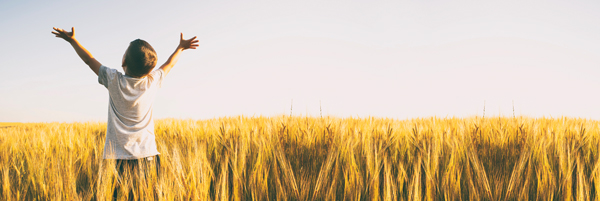
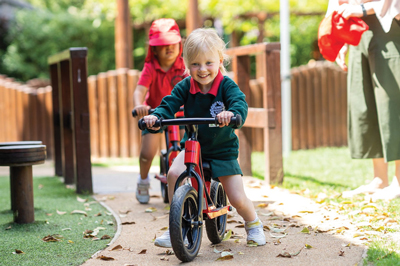
 Simple activities such as tree climbing and den building are rich in learning opportunities and should not be underestimated. When climbing a tree, children should be encouraged to consider their physical space, where their feet need to be placed, whether they feel comfortable and how high they think they should climb in order to stay safe. Parents should always be there to supervise but should contemplate the level of support given in order to develop their child’s own risk awareness and physical resilience. The simple act of climbing trees builds upper body strength, core stability and balance which are all gross motor skills which support progress in writing and Reception readiness.
Simple activities such as tree climbing and den building are rich in learning opportunities and should not be underestimated. When climbing a tree, children should be encouraged to consider their physical space, where their feet need to be placed, whether they feel comfortable and how high they think they should climb in order to stay safe. Parents should always be there to supervise but should contemplate the level of support given in order to develop their child’s own risk awareness and physical resilience. The simple act of climbing trees builds upper body strength, core stability and balance which are all gross motor skills which support progress in writing and Reception readiness. There is so much more to writing than tracing and forming letters. The simple act of taking your child to the woods gives them the chance to explore, climb trees, collect leaves and acorns, swing from branches, carry and roll logs and dig. These simple activities can all contribute to your child’s ability to be able to physically write when they enter their Reception year. Why not enhance your trip to the woods by taking some potato peelers and whittling freshly cut branches? A simple activity that teaches perseverance and concentration, requires force and control and uses both sides of the body, supporting progression in writing without actually writing.
There is so much more to writing than tracing and forming letters. The simple act of taking your child to the woods gives them the chance to explore, climb trees, collect leaves and acorns, swing from branches, carry and roll logs and dig. These simple activities can all contribute to your child’s ability to be able to physically write when they enter their Reception year. Why not enhance your trip to the woods by taking some potato peelers and whittling freshly cut branches? A simple activity that teaches perseverance and concentration, requires force and control and uses both sides of the body, supporting progression in writing without actually writing.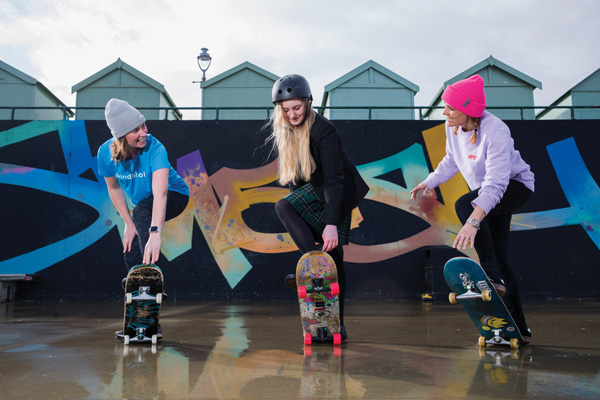
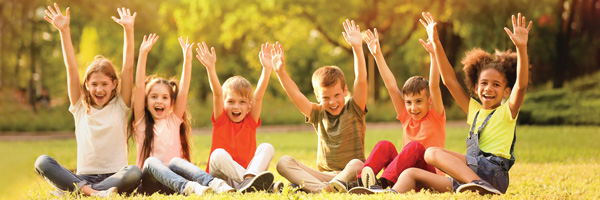
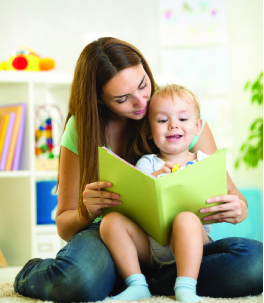
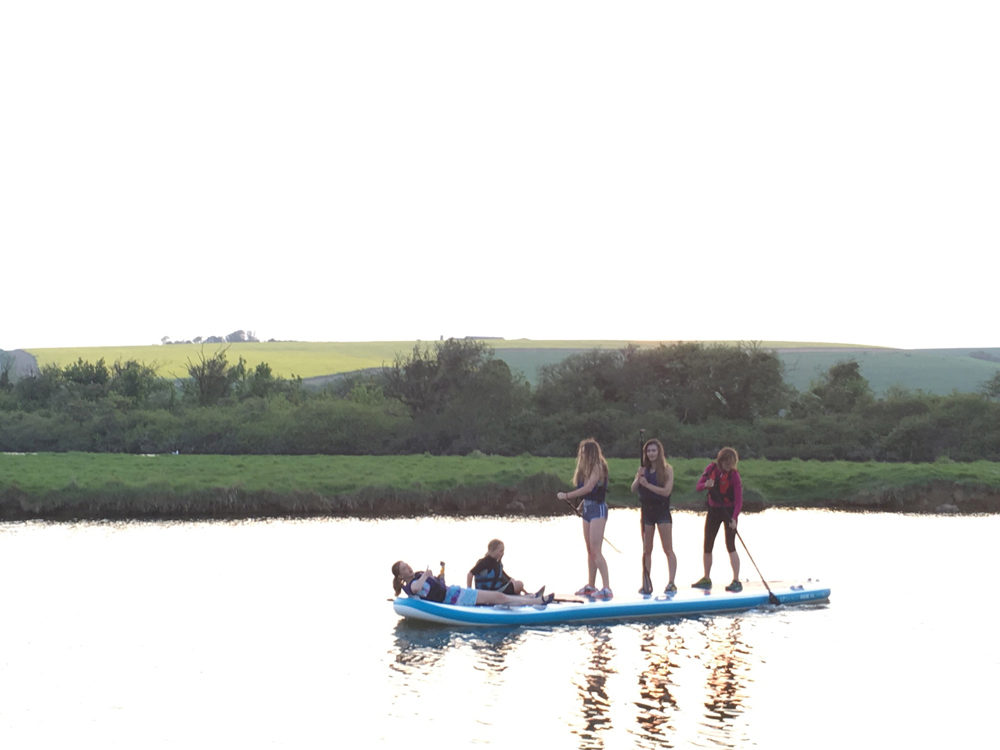
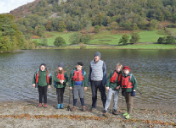 To help more young people benefit from the transformational power of travel and adventure, YHA has launched a campaign – The Adventure Effect. It hopes the campaign will inspire young people and their families to get outdoors.
To help more young people benefit from the transformational power of travel and adventure, YHA has launched a campaign – The Adventure Effect. It hopes the campaign will inspire young people and their families to get outdoors.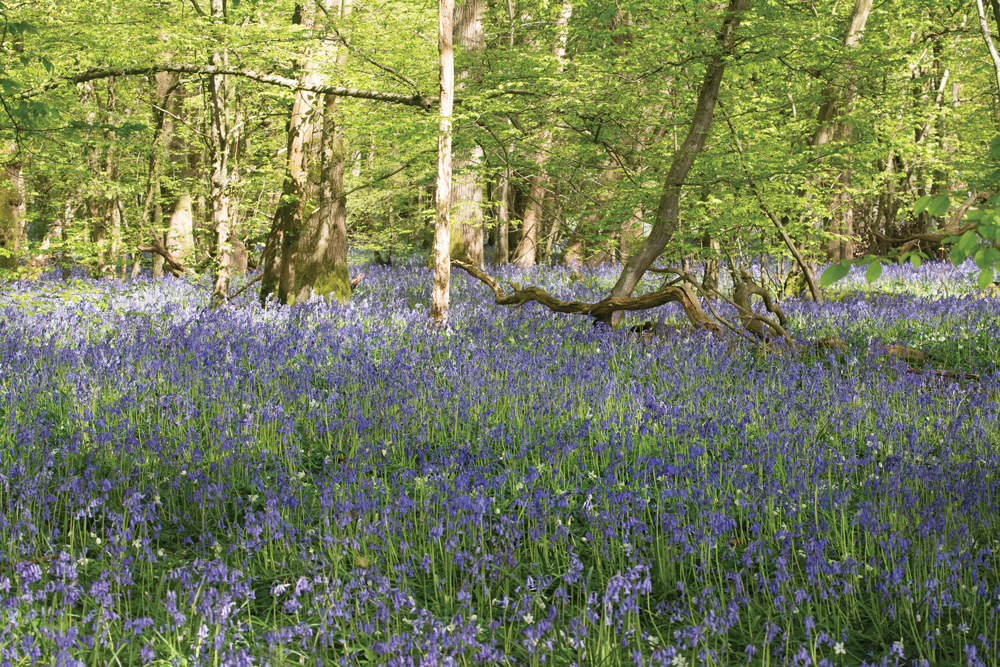
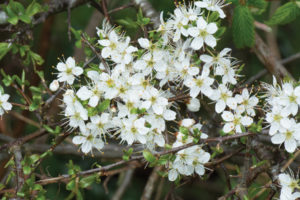 Sussex and Surrey have an abundance of woodlands – here the flowers appear early in the year when the ground has warmed up and it is light. Once the leaves on the trees have come out, the woods become too shady for most flowers to grow. Plants that take full advantage of the brighter spring conditions include wood anemones, bluebells, primroses, common dog-violets and lesser celandines. Of all these, perhaps the bluebell puts on the most impressive display, for few wild flowers cover the ground so completely or smell as sweet. Chinthurst Hill near Wonersh, Brede Hill near Battle, Heaven Farm near Uckfield and Angmering Woods near Arundel, all put on annual bluebell spectaculars along with a medley of other spring flowers.
Sussex and Surrey have an abundance of woodlands – here the flowers appear early in the year when the ground has warmed up and it is light. Once the leaves on the trees have come out, the woods become too shady for most flowers to grow. Plants that take full advantage of the brighter spring conditions include wood anemones, bluebells, primroses, common dog-violets and lesser celandines. Of all these, perhaps the bluebell puts on the most impressive display, for few wild flowers cover the ground so completely or smell as sweet. Chinthurst Hill near Wonersh, Brede Hill near Battle, Heaven Farm near Uckfield and Angmering Woods near Arundel, all put on annual bluebell spectaculars along with a medley of other spring flowers.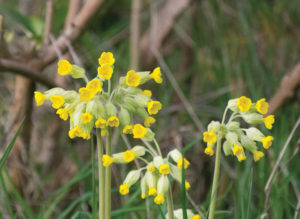 a captivating appeal for many people and to discover one is thrilling. Ditchling Beacon and Malling Down are excellent places to search for them. Look out now for the early purple orchid – its clusters of flowers, long spotted leaves and unpleasant smell help to identify it – and come back in the summer for more orchid spotting.
a captivating appeal for many people and to discover one is thrilling. Ditchling Beacon and Malling Down are excellent places to search for them. Look out now for the early purple orchid – its clusters of flowers, long spotted leaves and unpleasant smell help to identify it – and come back in the summer for more orchid spotting.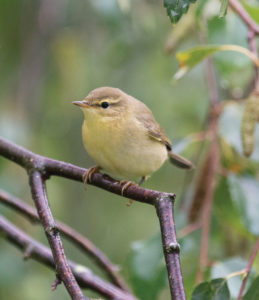 There is no better season for listening to bird song and often the adventures begin by simply opening a window! Every habitat has its own star performers with some having flown vast distances to be with us. If you want to hear some outstanding virtuosos then head to heathlands such as Chobham, Pirbright, and Iping and Stedham Commons. Here you may hear (if not see) buzzy Dartford warblers, melodious willow warblers or perhaps a chirring nightjar or two. Even more discrete than these birds are the nightingale – its drab, brown colouring making it almost impossible to spot in the dense undergrowth it inhabits. Its song, though, is unmistakable and the male sings both day and night until it finds a mate. Make your way to Ebenhoe Common, Pulborough Brooks and Puttenham Common for an unforgettable auditory experience. Make a note of International Dawn Chorus Day which is on Sunday 2nd May this year. Events are usually planned by a range of local wildlife groups.
There is no better season for listening to bird song and often the adventures begin by simply opening a window! Every habitat has its own star performers with some having flown vast distances to be with us. If you want to hear some outstanding virtuosos then head to heathlands such as Chobham, Pirbright, and Iping and Stedham Commons. Here you may hear (if not see) buzzy Dartford warblers, melodious willow warblers or perhaps a chirring nightjar or two. Even more discrete than these birds are the nightingale – its drab, brown colouring making it almost impossible to spot in the dense undergrowth it inhabits. Its song, though, is unmistakable and the male sings both day and night until it finds a mate. Make your way to Ebenhoe Common, Pulborough Brooks and Puttenham Common for an unforgettable auditory experience. Make a note of International Dawn Chorus Day which is on Sunday 2nd May this year. Events are usually planned by a range of local wildlife groups.
